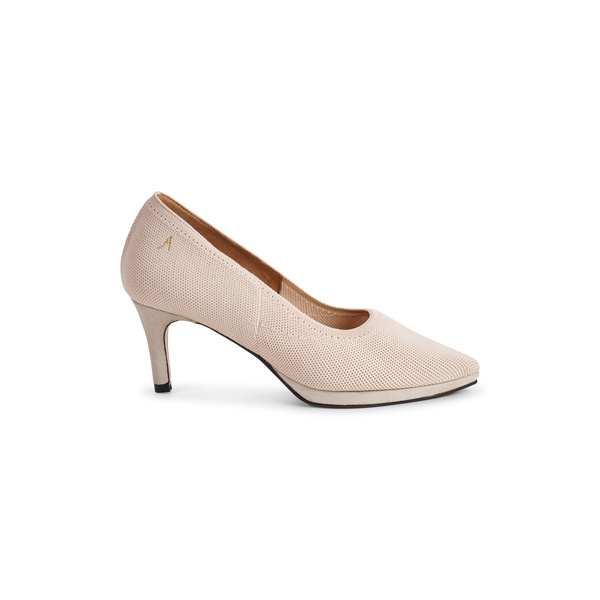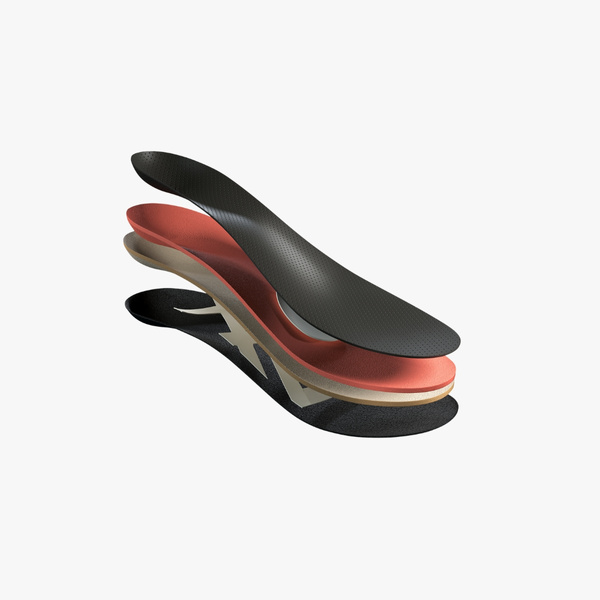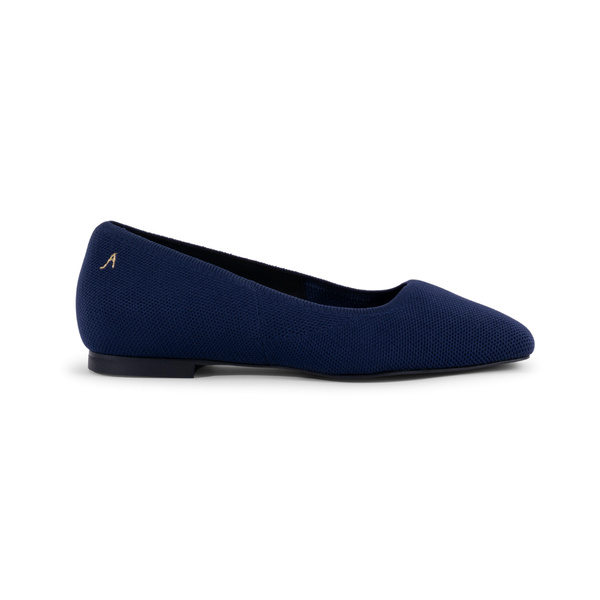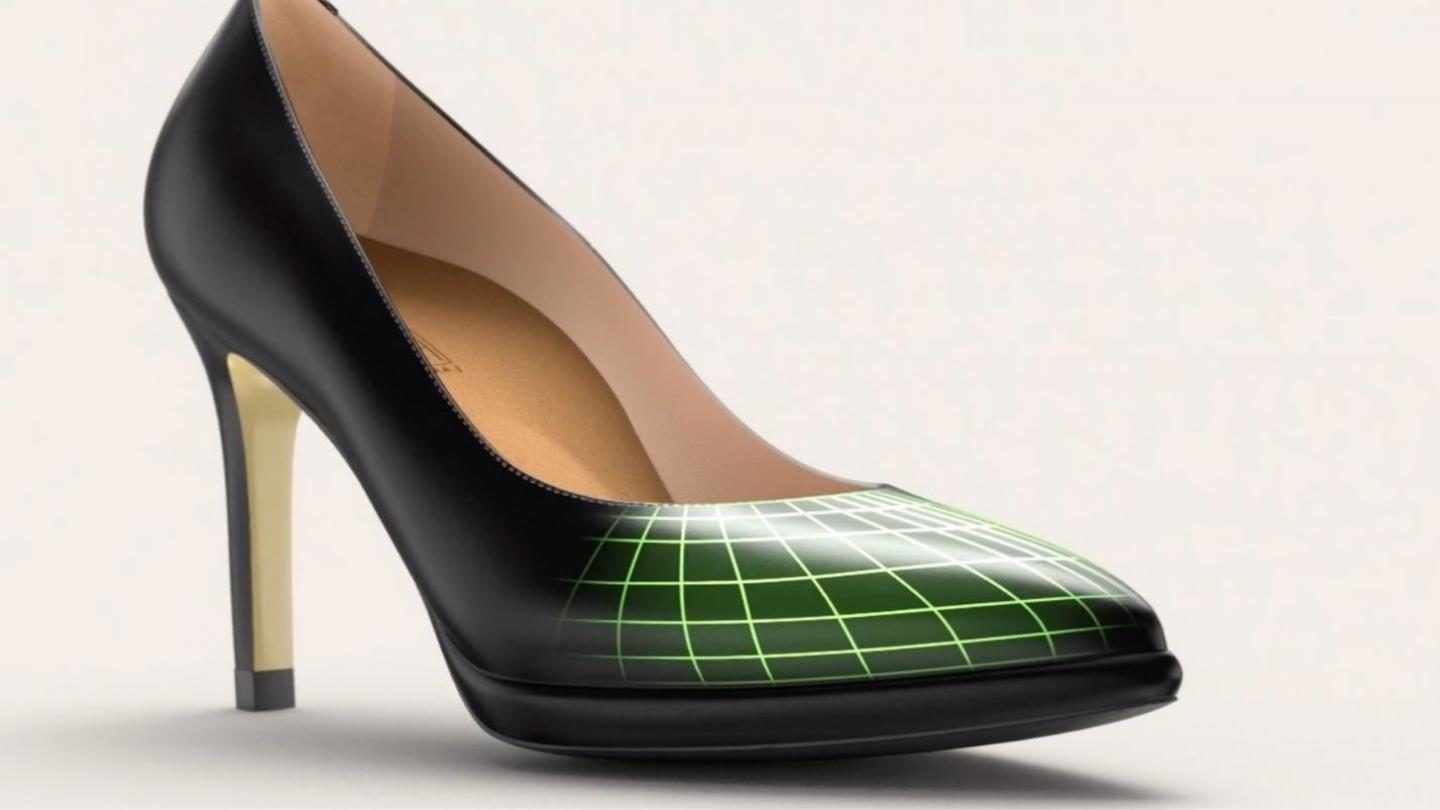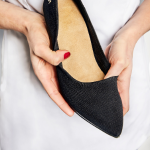Diabetes
Diabetes is one of the main causes of Edema. Swelling in the feet and ankles of people with diabetes is often caused by various factors such as obesity, venous dysfunction, blood disorders, kidney problems, heart problems, and side effects of medication.
Kidney problems
People with kidney problems, liver failure or heart disease are also at risk for swollen feet and ankles. Sometimes serious injuries can cause swelling. Our new collection may be an option for you while recovering.
Pregnancy
Pregnancy may also cause swollen feet as extra blood and fluid is produced. Excess fluid prepares the pelvic tissues and joints to open to give birth. Excess fluid accounts for about 25 percent of a woman’s body weight during pregnancy and can cause swelling of the face, hands, legs, feet and ankles. Sudden or severe inflammation may signify preeclampsia, a condition in which high blood pressure and protein in the urine build up after the 20th week of pregnancy. Use pregnancy shoes for swollen feet and call your doctor immediately if you experience severe swelling or inflammation associated with other symptoms such as abdominal pain, headache, irregular urination, nausea and vomiting or visible changes.
Foot or ankle injury
Injuries to the foot or ankle can lead to inflammation. The most common is a dislocated ankle, which occurs when an injury or misalignment causes the lines holding the ankle in place to extend beyond its standard width. To reduce swelling due to a foot or ankle injury, avoid walking on an injured ankle or foot, use ice packs, wrap your foot or ankle with a pressure bandage, and lift your foot off a chair or pillow. Consult your doctor if swelling and pain are severe or not improved with home remedies and wear elasticated shoes for swollen feet.
Lymphedema
This collection of lymphatic fluid in tissues can develop due to the absence of lymph nodes or after removing lymph nodes. Lymph is a high-protein fluid that often travels through a wide network of arteries and capillaries. It is filtered through lymph nodes, which trap and destroy unwanted substances, such as bacteria. However, fluid movement can be prevented if there is a problem with the vessels or lymph nodes. Left untreated it can damage wound healing and lead to infection and paralysis. Lymphedema is most common after radiation treatment or removal of lymph nodes in cancer patients. If you have been treated for cancer and inflammation, wear elasticated shoes for swollen feet.
Venous insufficiency
Swelling the ankles and feet is often the first sign of venous insufficiency, in which blood does not flow enough from the veins from the legs and feet to the top of the heart. Usually, arteries keep blood flowing upward through valves one way. Whenever these valves are harmed or debilitated, blood spills into the corridors and liquid is put away in the delicate tissues of the lower appendages, particularly in the lower legs and feet. Venous brokenness can prompt skin changes, skin injuries, and diseases. If you experience side effects of venous inadequacy, you should wear wide fit shoes with expandable materials for swollen feet and see your primary care physician.
Infection
Swelling of the feet and lower legs can be an indication of infection. Individuals with diabetic neuropathy or other neurological issues are at a more severe gamble of food infection. Assuming you have diabetes, it is critical to look at your feet every day for knocks and bruises, as nerve harm can cause you to feel lightheaded, and foot issues can rapidly create. If you observe a swollen foot or ankle with all the earmarks of being contaminated, use shoes for swollen feet and contact your primary care physician immediately.






